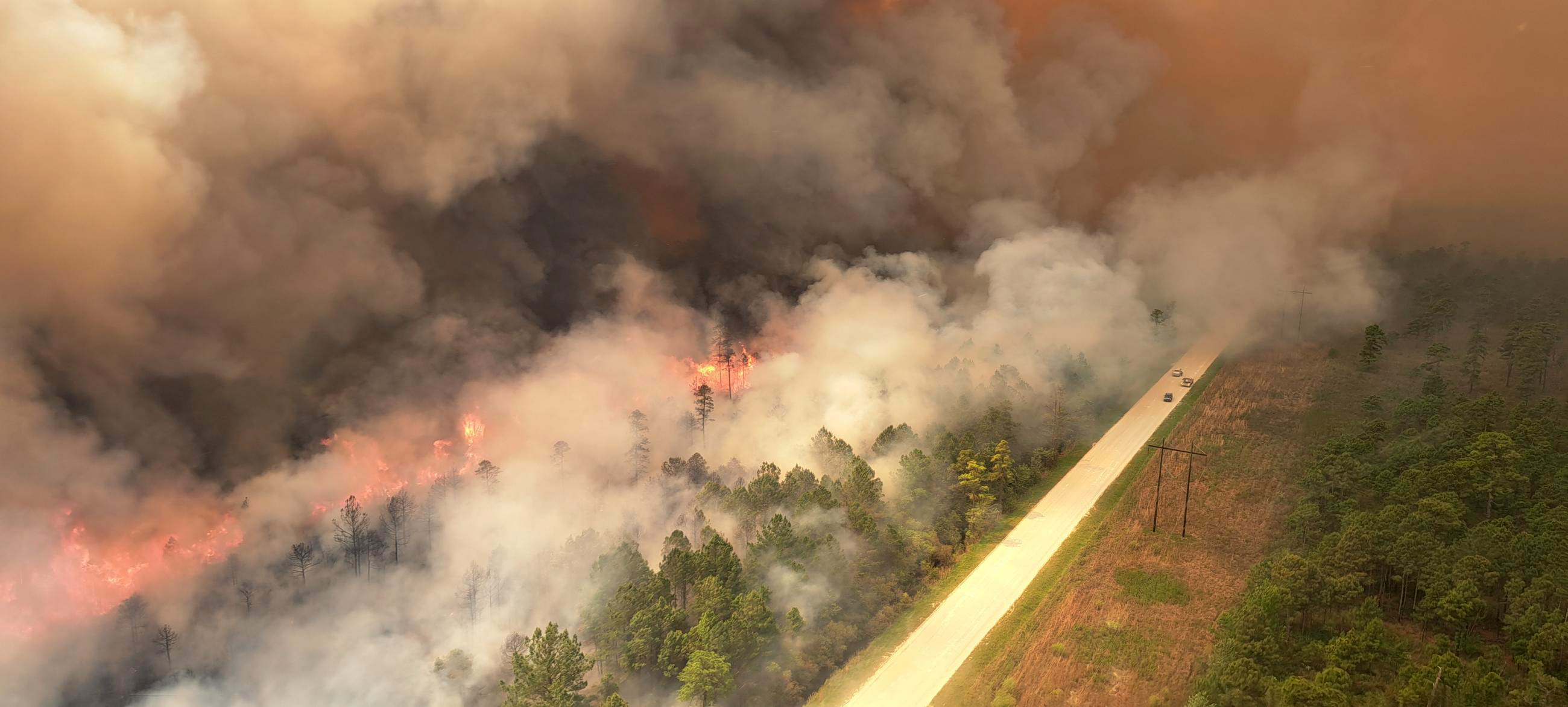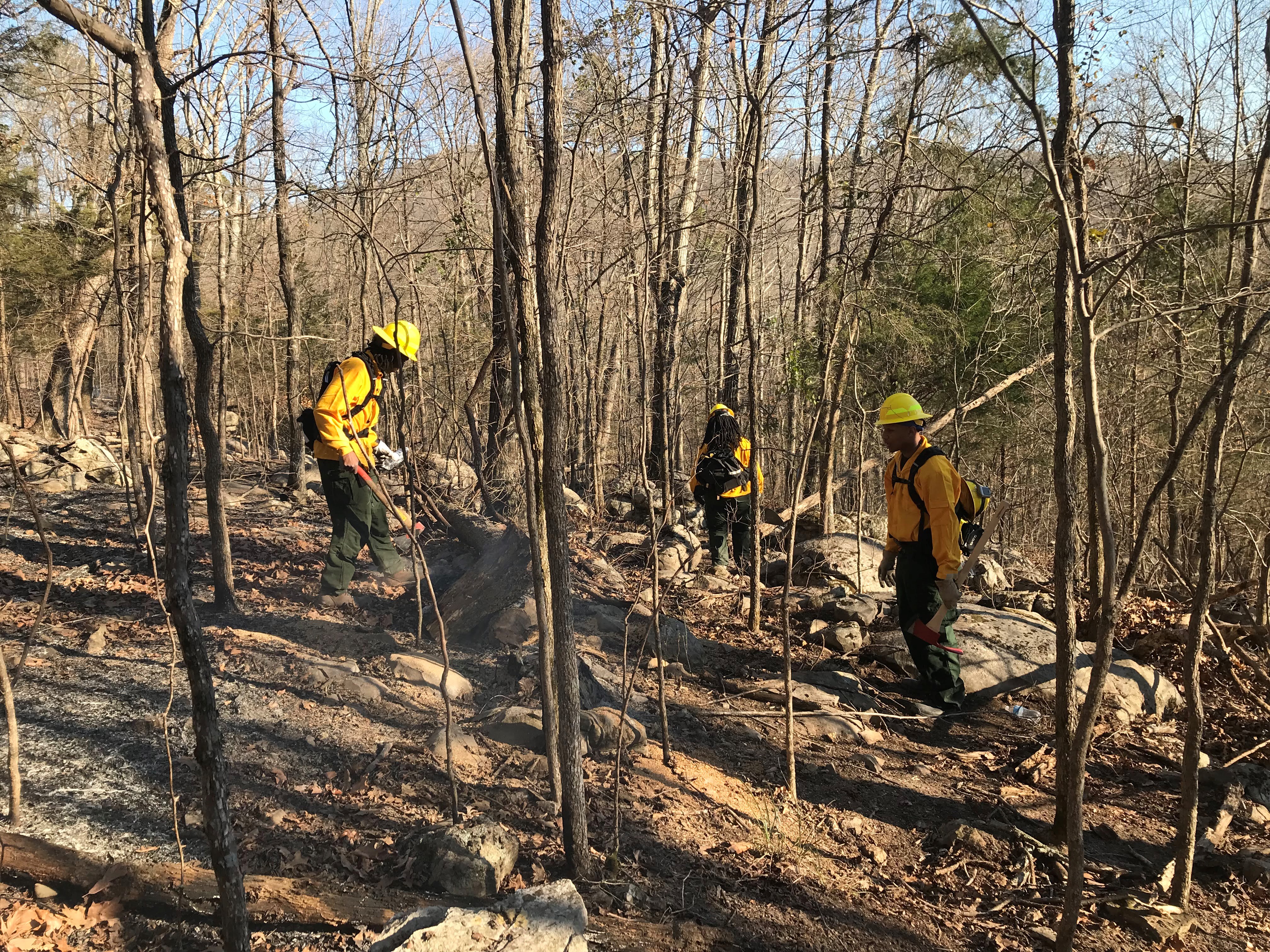
“Morale instantly lifted on the line.” That’s how fire crew lead Renee Jack describes the impact of having 100 Mexican firefighters join her and her U.S. team on a wildland fire suppression line in the Sequoia National Forest in California in 2020. The morale-lifting collaboration was 25 years in the making.
The U.S. and Mexico celebrate their 200th year of diplomatic relations in 2022, a neighborly relationship that has brought many mutual benefits over the years. For the past 25 years the two countries have cooperated in wildfire information sharing and management. The U.S. Department of Agriculture’s Forest Service and the National Forest Commission of Mexico share similar wildland fire challenges and have benefited from each other’s knowledge and experience. The collaboration has been made easier because of a shared approach to managing wildland fires, called the Incident Command System.
Why the two countries share a system for managing wildland fires has its roots in a 1998 U.S. and Mexico collaboration. That year, Mexico was suffering its worst wildfire season on record and was mounting a massive response to try and contain the environmental damage and community threat it produced. Smoke from the fires was causing significant air quality deterioration from Veracruz, Mexico to the Gulf States of the U.S., and people were fleeing their homes for safety.
The USDA Forest Service sent 50 advisers, firefighting equipment, and infrared mapping aircraft to support Mexico’s efforts. The joint response suppressed the flames and initiated a knowledge-sharing exchange that led to the shared approach to managing wildland fires. American firefighters began to travel to Mexico to teach and discuss Incident Command System models and Mexican firefighters started traveling to the U.S. to help fight fires and learn techniques alongside their U.S. counterparts.
The 1998 collaboration and the following exchanges have created goodwill and knowledge sharing between the forest service agencies that continue to this day.
Eduardo Cruz, who is from Mexico, participated in a bilateral training and exchange program to the Sequoia National Forest soon after the 1998 fires. He joined a crew of American firefighters, called Helitack, who are transported by helicopter to offer rapid response to fires in remote locations. He rappelled out of hovering helicopters to build fire lines using hand tools and chainsaws alongside Californian firefighters. The experience expanded his skill set and led to enduring cross-boundary relationships.
Eduardo Cruz is now the fire management director of the National Forest Commission of Mexico. In 2020, when the U.S. was battling its most active fire season on record, Director Cruz led five crews of Mexican firefighters to California to support suppression efforts. It was the first time that Mexico sent an entire delegation of firefighters to support the U.S.
The crews consisted of 100 firefighters, both men and women, from 22 states across Mexico. The female representation was testament to an ongoing effort by the U.S. Agency for International Development and the U.S. and Mexico forest services to expand career pathways for women in the fire sector.
U.S fire crew lead Renee Jack said the international experience helped her sense of confidence and success at her job. The Mexican firefighters spoke about their appreciation for the comradery on the line and noted that they learned new variations in fire suppression techniques.
Director Cruz captured the goodwill and practicality of the U.S.-Mexico collaboration when he arrived in California.
"Fires do not have borders; fires do not have different languages and cultures. In the end, we all speak the same language when it comes to fighting fire,” said Cruz.







